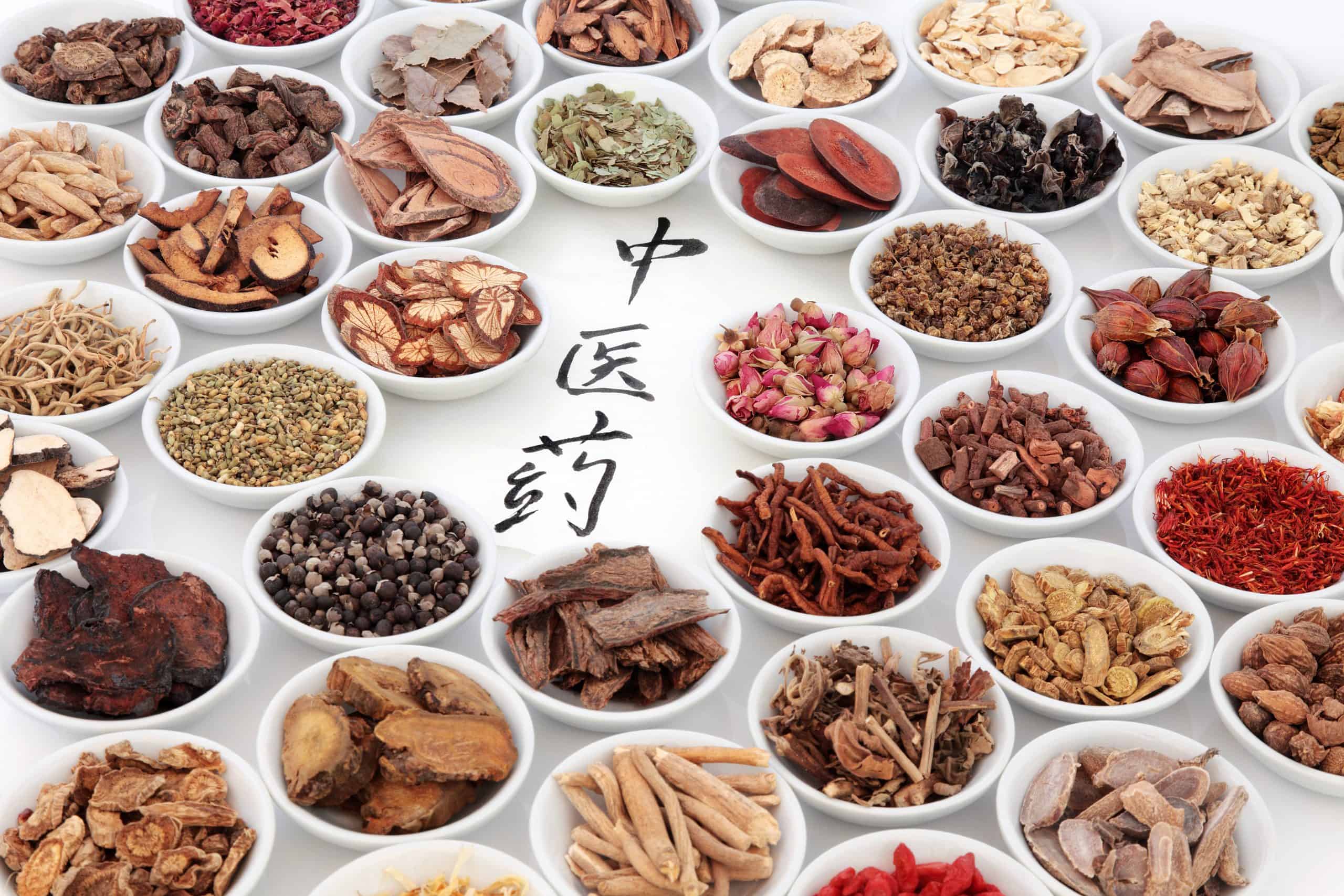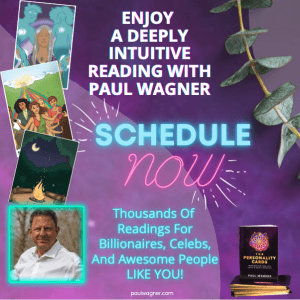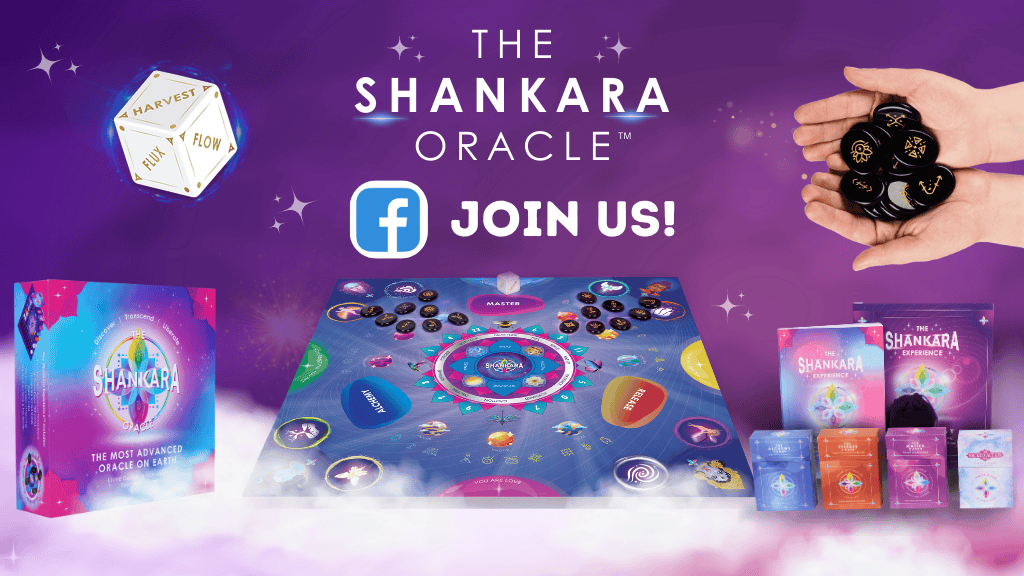 The Wonders of Traditional Chinese Medicine Formulas (TCM)!
The Wonders of Traditional Chinese Medicine Formulas (TCM)!
Have you ever wished that there was a better way to achieve full health for body and mind that made more sense and worked much better than what your doctors have prescribed? You wouldn’t be alone, and many have turned to Traditional Chinese Medicine formulas instead with amazing results!
Modern medicine certainly has its benefits, but it also has so many downfalls. Overall, many Western medicinal practices lean on treating symptoms rather than solving problems at the source. Traditional Chinese Medicine (TCM) focuses on the most basic unit that makes up our entire Universe and Being: energy.
What can be more effective at bringing you back to optimal health and happiness that realigning the balance of your very being?
The Wonderous Origins of Traditional Chinese Medicine
Traditional Chinese Medicine is believed to originate from the early Zhou Dynasty of China, around 3,000 years ago! It’s possible that many foundational elements of Traditional Chinese Medicine go back even further, as researchers have found earlier writings about the properties of herbs and how to apply them. As TCM evolved, set formulas and practices were written down in medical books dated from 26 B.C.E to 220 C.E.
TCM is the name for the overall concept, but the Chinese have come up with countless formulas and practices that have been tested over thousands of years. These practices and concepts include acupuncture, the Five Elements Theory, herbal medicine, Yin and Yang, Qi Gong, and so much more.
Bringing Traditional Chinese Medicine into the Modern Era
Before even the 20th century, most of the Chinese population only had access to Traditional Chinese Medicine, specifically Chinese Herbal Medicine (CHM), as a way to address their illnesses and conditions. Even today, TCM and CHM are leading practices for medical needs. The Chinese keep the teachings and spirit of CHM alive, passing it down through generations both orally and in writing. The power and belief in TCM and CHM greatly rival even the powerful effectiveness of Western modern medicine that has permeated the region.
Now, numerous practices originating in TCM and CHM have traveled across borders and oceans and are now common practices across the globe. Practices like Tai Chi (Qi Gong), acupuncture, acupressure, herbal medicine, and more are all well-known across the West and used regularly.
How did we get here? TCM and CHM remained largely untouched by the scientific method until the 20th century when researchers really began to dive into the science behind practices like herbal medicine and prove that many of the formulas created by the Chinese for thousands of years are not only valid but amazingly effective.
Don’t believe me? Did you know that the medicine now used to treat malaria actually derived from Traditional Chinese Medicine’s classic works dated back to the 200s C.E? Nobel Prize-winning scientist Youyou Tu found a recommendation in Ge Hong’s A Handbook of Prescriptions for Emergencies to use Ginghao. With some innovation and testing, Tu’s research led to the creation of dihydroartemisinin, a form of “sweet wormwood” or Ginghao, which effectively treated malaria in the 1970s.
How to Apply Traditional Chinese Medicine Formulas to Your Conditions
At the most basic level, Traditional Chinese Medicine bases many of its practices on Yin and Yang. The Yin and Yang concept is familiar to many in the West: it essentially represents complementary opposites that need to be in perfect balance. TCM assigns many illnesses and conditions to an imbalance of Yin and Yang, and it addresses them by using formulas that apply levels of Yin and Yang to bring the energies back into balance. For example, if you have too much Yin, then you’ll need a dose of Yang in some form to rebalance you. Yin and Yang are directly related to Taoism, the very popular religion in the region which requires followers to keep their energies in balance.
Similarly, TCM also uses the Five Elements theory, which assigns elemental properties to different parts of the body. The five elements are fire, metal, wood, air, earth, and water, and these elements are interrelated. This theory relies on two circles of elements: the generating circle and the overcoming circle, each of which directs how the different organs in the body are connected to each other. Using the different elements can help identify and solve issues with specific organs and functions in the body.
Traditional Chinese Medicine formulas generally consist of three to four main ingredients, each one with its own role in how the formula will affect you. Each ingredient will fit into one of these categories: ministerial, deputy, assistant, and envoy.
The ministerial ingredient is chosen according to the main cause of the illness, such as “ascending Qi” or “kidney yin deficiency.” Then, the deputy herb is chosen to help with coexisting symptoms or add a compound effect to the first herb. The assistant herb is then chosen to counteract any known side effects that the first two herbs could cause, such as improving moistness where there could be dryness. Finally, the fourth herb helps carry that treatment to the correct part of the body that is being addressed, such as the lungs or kidneys.
As a result, Traditional Chinese Medicine takes tremendous care and forethought as well as personalization for each individual. However, there are some very popular formulations that seem to do very well across the board for specific conditions, which we’ll now explore below!
Wen Dan Tang for Anxiety and Insomnia
If you’ve been lying wide-awake at night and experiencing unrelenting anxiety, Traditional Chinese Medicine has found a cure long before Western medicine ever offered suggestions. The solution can be found in the Traditional Chinese Medicine formula called Wen Dan Tang, which scientists now know affects the production of the brain-gut peptides and receptors in the brain directly correlated with our emotional and behavioral changes as a result of lack of sleep!
Without getting too muddled in scientific terms, the brain-gut axis is rebalanced by Wen Dan Tang by keeping levels of Ghrelin, the brain-gut peptide, stable even after a lack of sleep. As a result, insomnia-related anxiety is reduced greatly.
So, what is Wen Dan Tang? This formula can be found in the 12-century Traditional Chinese Medicine classic Treatise on Diseases, Patterns, and Prescriptions Related to Unification of the Three Etiologies. However, it dates back even further to the 400s and 500s A.D., when it appeared in Yao Seng Yuan’s work Collection of Effective Prescriptions.
The formula includes a mixture of extracts and shavings from oranges, tangerines, bamboo, pinellia tuber, poria, and honeyed licorice root.
Originally, Wen Dan Tang was created as a warming treatment for the gall bladder. It was meant to treat fluids that led to the depression of Qi, or energy. As treatment evolved, Wen Dan Tang was used to treat both illness of the digestive system and any psychiatric symptoms, which directly correlates with what we know today: that it helps with the brain-gut axis.
Ban Xia As the Active Ingredient Treating Depression, Anxiety, and Gut Conditions
Speaking of pinellia tubers, Ban Xia is exactly that. Within Wen Dan Tang, Ban Xia has been shown to work even on its own – after being cooked and processed – to transform cold phlegm and dry dampness in the body. Cold phlegm and dry dampness, according to TCM and CHM, lead to insufficient functioning of the digestive tract, lungs, and mood.
After research in the West, Ban Xia is now accepted as a treatment, especially in formulations meant to treat depression and anxiety in a way that rivals Western alternatives like Prozac!
Chai Hu for Fevers and Inflammatory Conditions
Chai Hu, or bupleurum root, is one of the most popular active ingredients used throughout Traditional Chinese Medicine formulas. TCM explains that Chai Hu can resolve the Shao yang level in the body and Yang Qi, especially in the stomach and spleen. Overall, it can spread liver Qi, which TCM explains can improve any menstrual problems, fever, vertigo, and emotional instability that one might suffer from.
In Western medicine studies on animals, Chai Hu has been proven to reduce fevers and inflammation. As a result, this TCM formula has become widely available across the U.S. and Europe. Lately, studies have shown that Chai Hu even has anti-cancer effects!
Sheng Mai Yin for Cardiovascular Diseases
Sheng Mai Yin consists of three major TCM ingredients meant to replenish Yin and Qi in the body. In Traditional Chinese Medicine, it is believed that Yin and Qi deficiency can lead to cardiovascular problems.
This formula consists mainly of Ginseng, Ophiopogon, and Schisandra. All three of these ingredients are strong active ingredients that help the body generate fluids. Ginseng tonifies the blood and restores your vital energy. Ophiopogon improves Yin and clears heat from the heart. Schisandra improve Lung Qi.
In studies, the Sheng Mai Yin formula has been shown to stimulate the activities of important chemicals in the body like GSH peroxidase, ATP enzymes, and superoxide dismutase and create an anti-apoptosis effect in rats. These effects showed benefits to this formula for DOX-induced myocardial fibrosis, furthering TCM’s claims that Sheng Mai Yin is a great help for cardiovascular conditions!
Yu Ping Feng San for Chronic Inflammation and Respiratory Diseases
Do you or someone you know have COPD or another chronic respiratory disease? Yu Ping Feng San has long been used as a treatment for these ills, and for good reason.
Er Xian Tang for Perimenopause and Menopause
In Traditional Chinese Medicine, Er Xian Tang is formulated to attack the symptoms associated with liver blood vacuity, yin vacuity, and kidney yang vacuity. These symptoms include things like brittle nails, falling hair, decreased libido, night sweats, hot flashes, insomnia, palpitations, and so much more. This formula is perfectly crafted for the symptoms that many women experience when they’re close to or suffering from menopause.
TCM explains the combination of Epimedium herb, Curculigo root, Morinda root, Phellodendron bark, Tang-Kuei root, and Anemarrhena root creates the perfect concoction to supplement the kidneys, increase yang, support the liver, and clear heat. It also regulates the reproductive system.
But does it really work? In a recent study, the Er Xian Tang formula was able to treat at least one menopausal symptom in participants with a confidence of 95%.
Liu Wei Di Huang Wan for Back Pain and Sexual Wellness
The Traditional Chinese Medicine formula Liu Wei Di Huang is crafted perfectly for improving liver and kidney yin. Chinese Herbal Medicine claims that deficiency in the liver and kidney yin can lead to a whole host of symptoms and illnesses such as dizziness, tinnitus, vertigo, headaches, and more. Most importantly, Liu Wei Di Huang is formulated to fight back against the effects that aging has on the back and male performance.
This formula uses a blend of Rehmannia cured root tuber, Chinese yam rhizome, Asiatic dogwood fruit, tree peony root bark, Asian water plantain rhizome, and poria sclerotium. This combination is perfect for raising the levels of liver and kidney yin.
In TCM, low yin in the kidneys can lead to weakness and soreness from the lower back down as well as too much heat and exhaustion. Further, this means that after sex, one is more likely to be too sore and too tired to perform again. By supporting an increase of kidney yin with this formula, you can help your body to replenish energy quickly and get back to your life.
But this formula isn’t just for men, either. Yin deficiency leads to many symptoms for women as well, such as crippling hot flashes during menopause. You can even support more stable glucose levels with this Traditional Chinese Medicine formula.
Can I Try TCM Myself?
Traditional Chinese Medicine has been around for thousands of years, which means that it is a master craft not to be taken lightly. To ask if you should be crafting Traditional Chinese Medicine formulas by yourself is the same as saying you’re trying to manufacture Prozac at home. Not only is it extremely important to get the right ingredients, but to prepare them and measure them out properly. In addition, diagnosing yourself is quite risky without a long history of research and practice in the art of Chinese Herbal Medicine!
To benefit from Traditional Chinese Medicine and Chinese Herbal Medicine, it is highly recommended to first seek out a TCM practitioner. An expert will be able to help you get more clarity on what exactly is causing your ills, such as deficiency in kidney yin. Unlike Western medicine, which uses a one-size-fits-all approach to assigning certain medicines to specific illnesses, Traditional Chinese Medicine looks closely at each individual and creates formulations that will solve those issues at the source. In other words, a TCM practitioner will look at your body holistically, and then they can help point you in the right direction to choose the right TCM formulas and dose properly.
Without that key information, you could end up making your problems even worse. So be careful and seek out an expert!
Can Chinese Herbal Medicine Be Combined With Other TCM Practices?
Not only can you combine Chinese Herbal Medicine with other Traditional Chinese Medicine practices, but it’s highly recommended. Many methods like Qi Gong and acupuncture are highly effective for reducing stress and pain, improving mental focus, and increasing stability and regularity in the body. Using these methods combined with a TCM formula like Wen Dan Tang for anxiety and insomnia can greatly improve one’s quality of life.
Adding Traditional Chinese Medicine practices to your daily life, anyway, is an amazing idea even if you don’t suffer from any of the above conditions. You might not have cardiovascular or sleeping problems, but you might if you don’t take care of your energy flow! The whole point of TCM is to keep your Qi in balance and flowing properly, so continuing to use the practices and formulas of TCM is a great preventative measure so you can stay healthy and sound.
REMEMBER!
Not all methods will work for everyone. TCM is a journey, and the best way to health and happiness for someone else might just not be your journey, and that’s okay.
You are a beautiful Living Being filled with light and love, born from stardust. You are unlimited potential in every direction. With a focus on discipline, virtue, and your own goodness, you can become as expanded and liberated as you desire.
Pray for others and the Universe prays for us.
LOTS OF BLESSINGS TO YOU!
There is no “Other.” There is only you experiencing yourself.
Meet Paul Wagner
Paul Wagner (Shri Krishna Kalesh) is an intuitive mystic, clairvoyant reader, and a loving life & business coach. He created “THE PERSONALITY CARDS,” a powerful Oracle-Tarot deck that’s helpful in life, love, and relationships.
He created The Shankara Oracle, a profound divination tool that includes 18 gemstones, a lavishly designed divination board, and over 300 penetrative oracle cards – all to help you heal to your core and illuminate your Being.
Paul studied with Lakota elders in the Pecos Wilderness, who nurtured his empathic abilities and taught him the sacred rituals. He has lived at ashrams with enlightened masters, including Amma, the Hugging Saint, for whom he’s delivered keynotes at Her worldwide events.
Paul tours the world lecturing on spiritual liberation. He lovingly offers intuitive readings, inspirational coaching, and illuminating courses to help others with self-discovery, decision-making, healing, and forgiveness. Book a session with Paul: HERE




